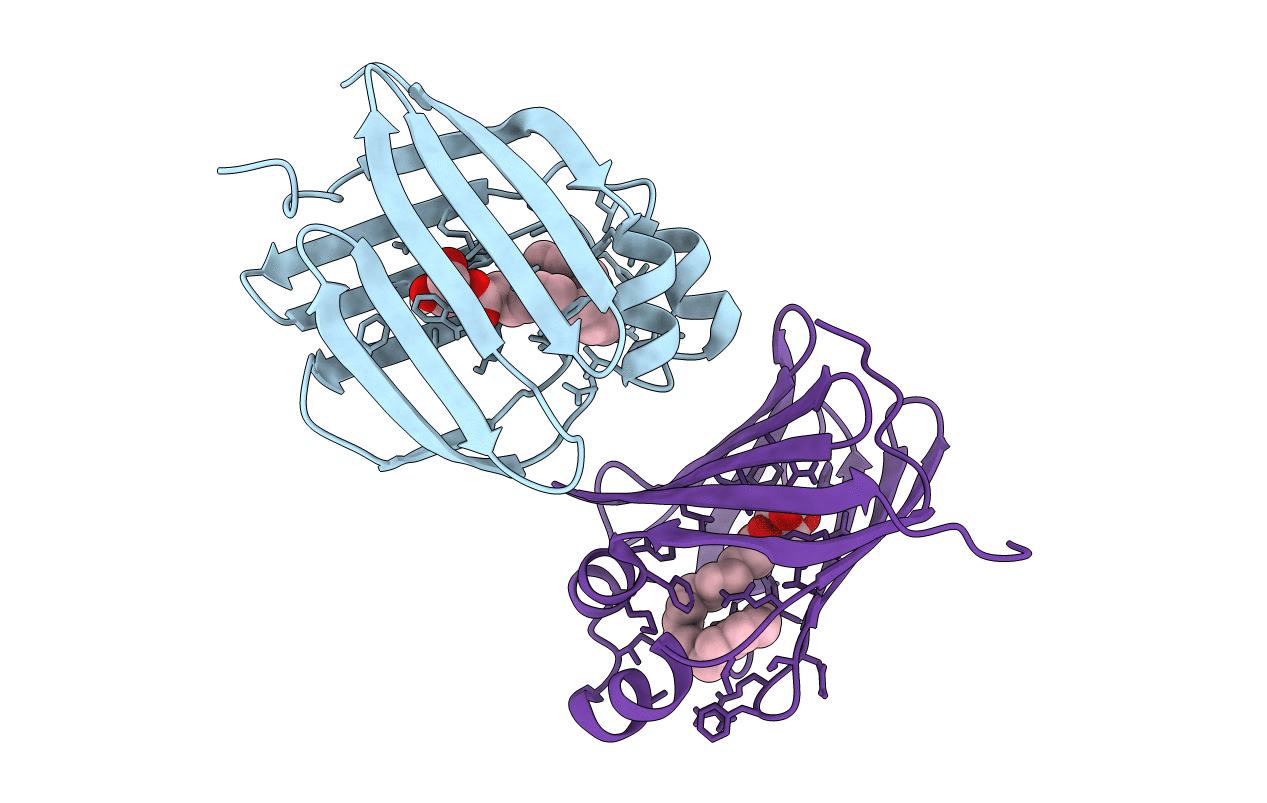
Deposition Date
2020-08-26
Release Date
2021-03-10
Last Version Date
2023-10-18
Entry Detail
PDB ID:
7JWR
Keywords:
Title:
Cellular retinol-binding protein 2 (CRBP2) in complex with 2-oleoylglycerol
Biological Source:
Source Organism:
Homo sapiens (Taxon ID: 9606)
Host Organism:
Method Details:
Experimental Method:
Resolution:
1.30 Å
R-Value Free:
0.17
R-Value Work:
0.13
R-Value Observed:
0.13
Space Group:
P 21 21 21


